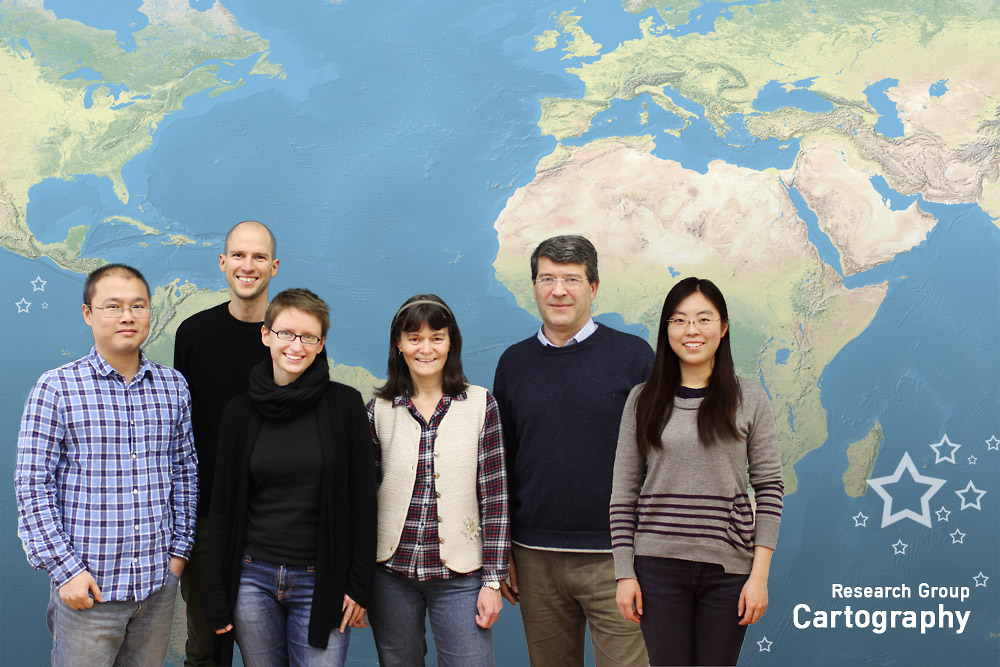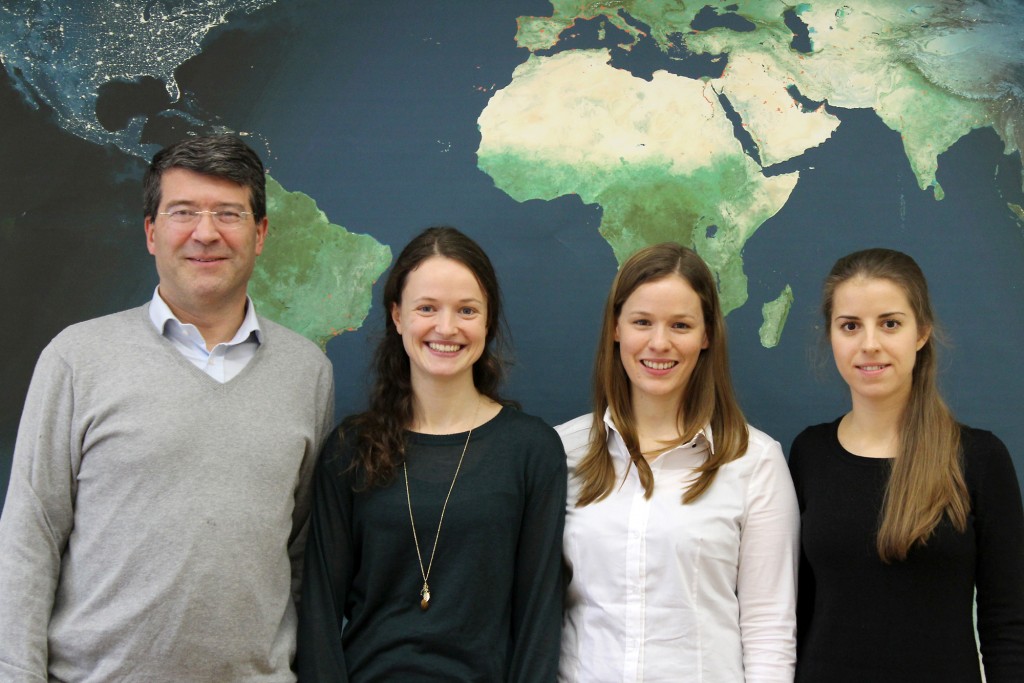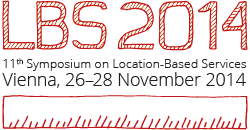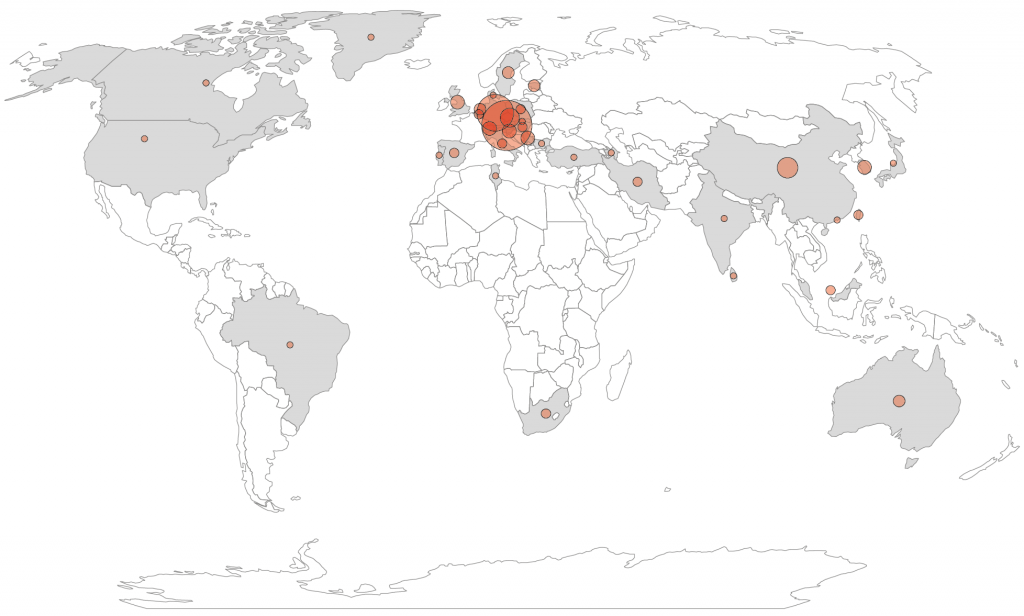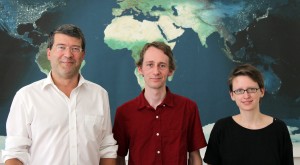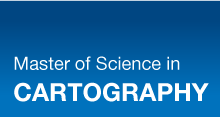We invite you to our first CartoTalk in 2015. Maria Brovelli from Politecnico di Milano will talk about Via Regina − Using FOSS4G for slow tourism.
Abstract: The importance of the tourism industry to the world economy has impressively grown over the last decades, and the paradigm of slow tourism has been emerging as a new way to achieve sustainability through the values of patience, peace of mind, citizens’ participation, environmentally friendly experience as focused on cultural understanding and rediscovery of knowledge. GIS-based technological innovation can be a key element for that purpose and FOSS4G can play a fundamental role.
“The Paths of Via Regina” is an INTERREG project (Cross-border Co-operation Operational Programme Italy – Switzerland 2007-2013) which aims at valorising the cross-border area between Italy and Switzerland covered by many historical paths departing from the historical Via Regina. These ancient routes have represented an important network of communication, cultural and commercial exchange throughout Europe and nowadays can be an important transalpine system of soft mobility links. The project is developed within the context of GeoWeb 2.0, that has opened new possibilities in terms of online dissemination and sharing of geospatial contents. Free and open source tools for processing, cataloguing, querying, editing and Web publishing maps have been used. According to the crowdsourcing paradigm, users not only access information but also become precious data producers. A mobile application through which pedestrian tourists can download forms, fill them along the trip and send them to the server for the final online publication was created. Moreover the Via Regina geoportal makes available two different viewers: a bi-dimensional one (for both traditional computers and mobile devices) and a multidimensional one. Both of them provide all kinds of soft-tourism tools for pedestrian, bicycle and horse travellers. Besides getting useful information from the geoportal for optimally organizing their trips, users can also enrich the geoportal through the contents (e.g. pictures and videos) collected during the trip and shared with the community.
About Maria Antonia Brovelli: Degree with honors in Physics, PhD in Geodesy. Currently Professor of GIS at Politecnico di Milano. From 2006 to 2011 she lectured GIS at the ETH Zurich. From 2001 to 2011 she was the scientific responsible of the Geomatics Laboratory of the Politecnico di Milano. Since 2011 she is Vice Rector for the Como Campus of Politecnico di Milano. She is co-chair of ISPRS WG IV/5 “Web and Cloud Based Geospatial Services and Applications”, Associate Editor of Applied Geomatics Journal (Springer); Member of the Scientific Committee of the Italian Photogrammetric and Topography Society (SIFET); Charter Member of OSGeo; Member of the Advisory Board of the ICA-OSGeo Labs Network.
Friday, 16 January 2015, 11:00
Forschungsgruppe Kartographie
Seminarraum 126
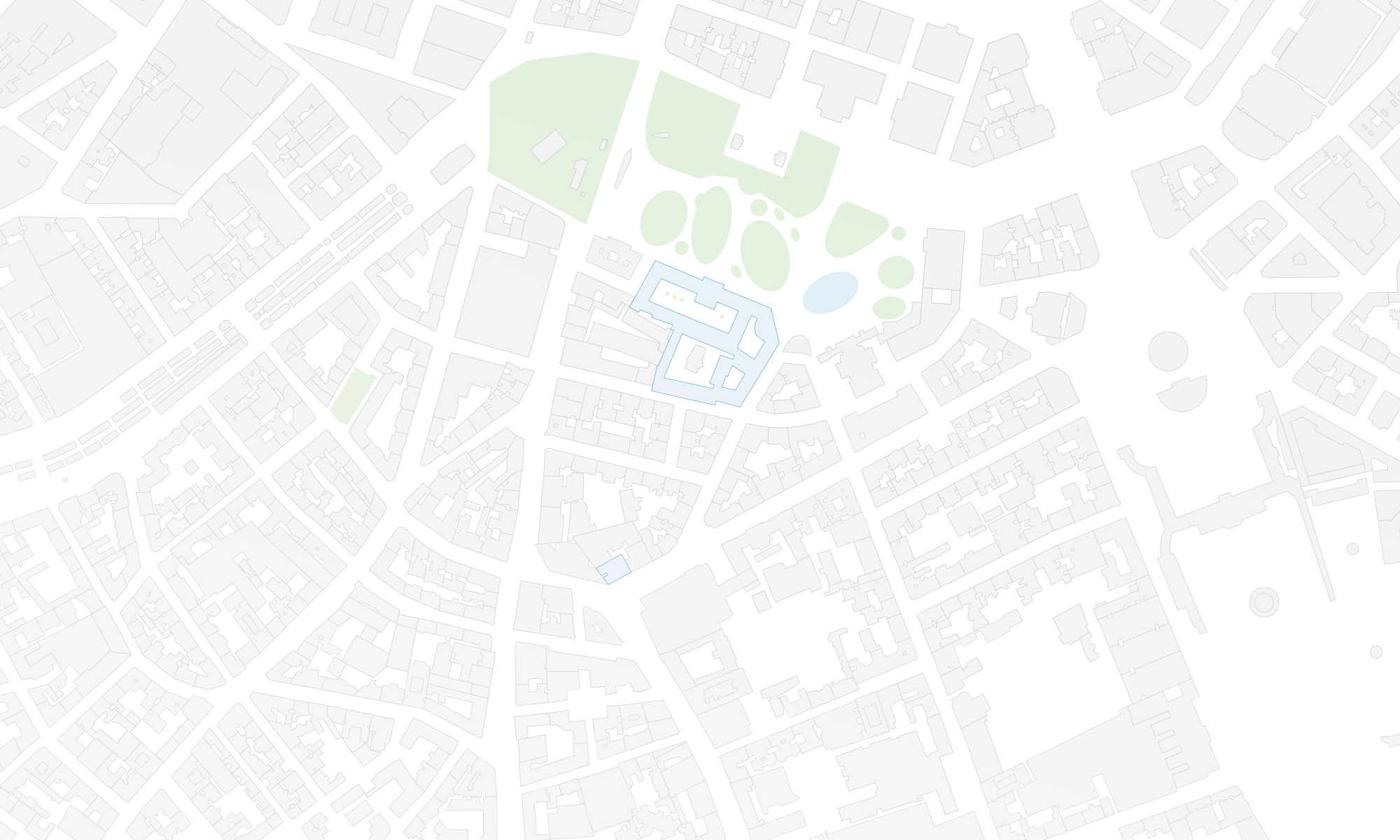

 Die
Die 